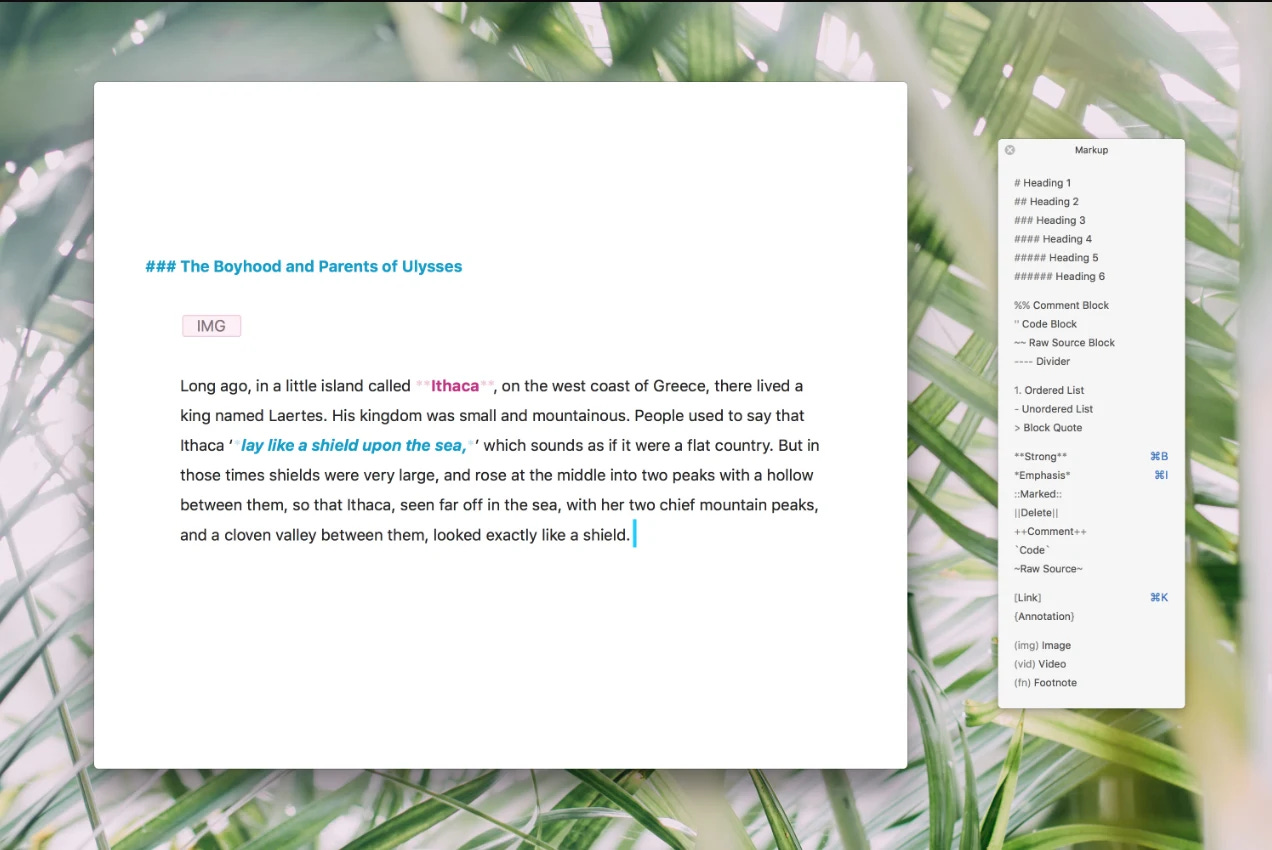How Dieter Rams' 10 Commandments of Design Can Make Your Products Better
Applying Dieter Ram’s 10 Commandments of Good Design to Hardware and Software Products
The word ‘Design’ has a mystical quality to it. It means different things to different people. To some, it just means slapping a coat of paint onto a product. But, design is so much more than that.
One of the biggest influences on product design culture has been Dieter Rams. He was an industrial designer at Braun where he designed consumer products. Over time, these designs became the inspiration for a number of products at Apple including the iPod, MacBook, and more under Jony Ive.
In a quest to answer his own philosophical question "Is my design, good design?" — Dieter listed down 10 Commandments of Design that have stood the test of time. Here they are:
Let's look at how we can apply this lens to both hardware and software products.
If you’re new here, please subscribe and get insights about product, design, no-code delivered to your inbox every week.
Useful
Good design makes a product useful. The design should serve the primary function of the product. It has to help satisfy the jobs-to-be-done of the customer, which could either be a need or a problem.
Examples:
A résumé is well designed if it’s useful in landing an interview call
An alarm clock is well designed if it contributes towards successfully waking the person up
Webflow is a well-designed product if it allows one to create a website with customizability
Understandable
Good design makes a product understandable. Your product might look good, but if it’s not understandable by a user, it’s not good design.
The actions should be clear to the user. For this, obvious is better.
Examples:
Many major apps like Spotify and YouTube have done away with hamburger menus after A/B testing
Add labels or text to icons that are uncommon and not easily understood by the user
Innovative
Good design is innovative. It means a new way of solving an existing problem. Innovation in design goes hand-in-hand with technological innovation.
Example:
The design of wireless charging is innovative as it allows the user to charge their devices without using clunky cables
Aesthetic
Good design is aesthetic. When most people think of design, they usually only think of aesthetics. Beautiful products positively affect our mental well being. Great design has also been shown to boost willingness to pay by 20%.
But just because it’s aesthetic, doesn’t mean it’s a well-designed product. For example, the Apple Magic Mouse looks aesthetic, but when you have to charge it, you have to place it upside down. It stops being useful.
Examples:
Most Apple hardware products are said to be aesthetic.
Bear App on the Mac. It has clean font and spacing. The outlined illustrations are meticulously designed with a two-tone effect. The empty states are beautiful to look at and the whole interface is uncluttered
Thorough down to the last detail
Good design is thorough down to the last detail. Attention to detail is cultivated through care for the user.
How do you accomplish this? Ensure that there are no UX dead points. Prevent errors rather than only recovering from errors. Write helpful copy. Choose the right ratios, right colors, and right color combinations.
Examples:
Superhuman dark mode and color combinations
Things App on Mac
Honest
Good design is honest. It should neither be deceptive nor should it overpromise and underdeliver.
Examples:
Buttons that deceive on torrent sites. Large download button that redirects and deceives the user
Other dark patterns
Environmentally friendly
Good design is environmentally friendly. While this point applies to hardware products, it can be applied to software products as well. Being carbon neutral or offsetting carbon footprint can also be a part of the company's ethos.
Examples:
Netflix stops the video if it finds that you have been watching for too long without any movement. Video streaming has a moderate carbon footprint.
New Macbook Air from recycled aluminum
Docusign’s company ethos
Long-lasting
Good design is long-lasting. Again, more relevant for hardware products, since software design trends change very frequently. This means to avoid the latest design trend just because it's fashionable. Looking at you, neumorphism.
Best practices of design will stand the test of time.
Examples:
Brauns' electric shaver
Unobtrusive
Good design is unobtrusive. It should get out of the way as much as possible after facilitating its purpose. It's the means and not the end.
Example:
Distraction-free text editors
Popup walkthroughs are obtrusive
As little design as possible
Good design is as little design as possible. It's oftentimes invisible. You should avoid cluttering in the interfaces to reduce cognitive load. Less, but better.
Example:
Comparison of the controls between a NASA spaceship vs SpaceX spaceship. Of course, software and touchscreens abstract away unnecessary controls until required.
📘 Read of the week: Stratechery Year in Review 2020 is a curation of the top posts of the year, and is a nice way to end the year with the recap of the year’s most consequential happening in the world of technology.
That's it for today, thanks for reading! This is The Discourse’s last article of the year. Happy new year, see y’all next year!
Press the ♥️ button if you liked this edition. Have any questions? Leave a comment below, and I'll be happy to answer them.
Talk to you soon!
— Kavir
P.S. Hit the subscribe button if you liked it! You’ll get insightful posts like this directly in your email inbox every week.

















